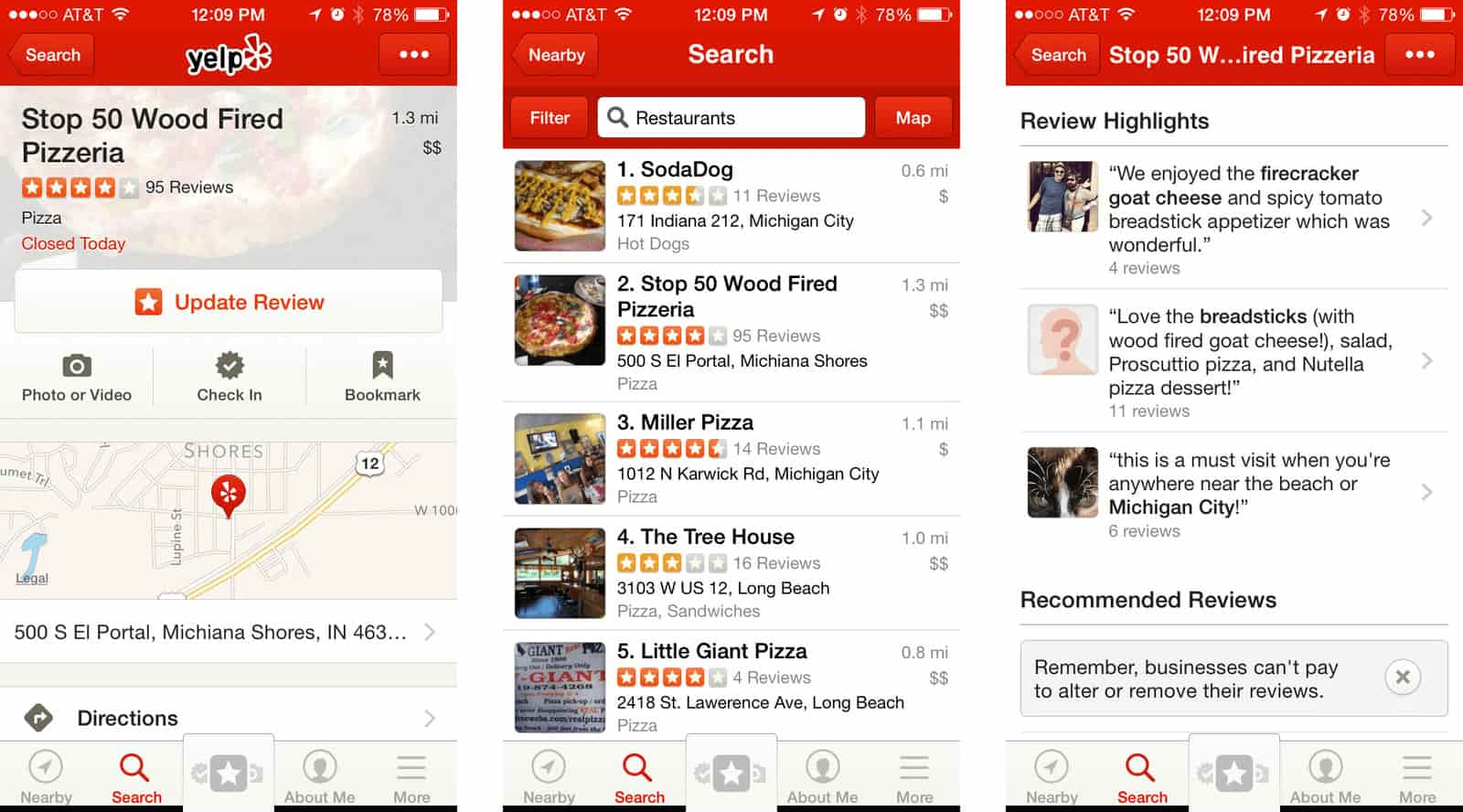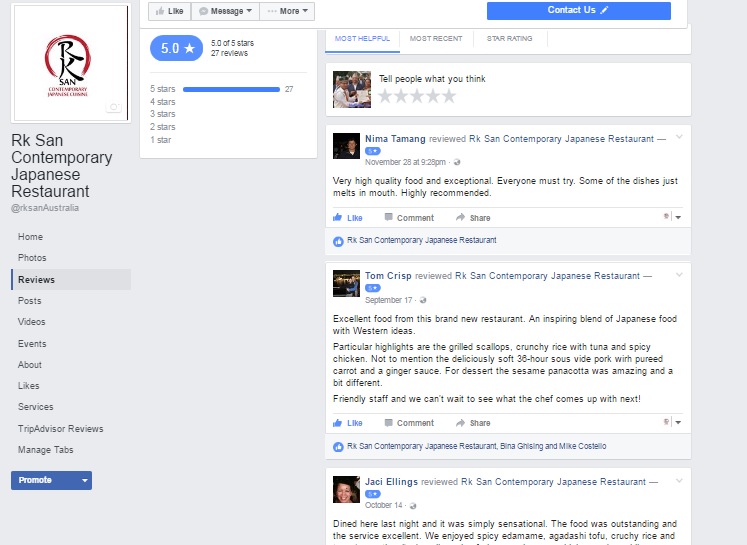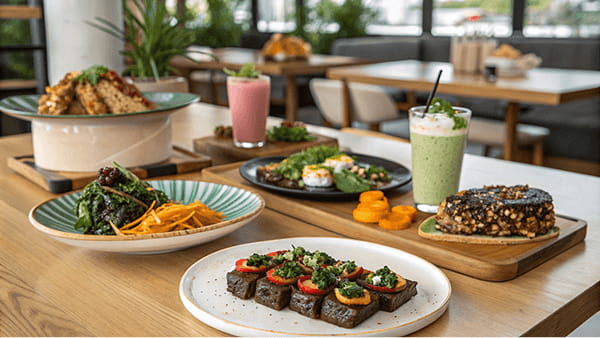Key Takeaways
Online ratings play a vital role for any business in today’s digital world. Ever wanted to buy a product or choose a hotel and turned against it just because of the poor ratings or poor experiences by other users? That’s the power of online ratings – they can make or break the sales. About 70% of purchasing decisions are impacted by online reviews. Star Ratings help people to decide the quality of a product and the business when making a purchase decision.
Come to food and restaurants, online reviews have a huge influence on consumer behaviour. 60% or more people look at reviews before choosing a restaurant. The number is the highest for restaurant business when compared to other industries. If a particular restaurant has a poor star rating, it pretty much comes from one’s personal experience and is as valuable as anything to the ones reading it. Reviews play an important role in the success of a restaurant.
Online food experience rating websites
In today’s tech-savvy world, nothing can beat the power of online reviews. One bad experience in a restaurant becomes a terrible review in just minutes on websites like Yelp, Tripadvisor, Google Reviews and … The list is endless and with the power of social media, in no matter of time, the review is up on Twitter, Facebook, Instagram, WhatsApp by tagging the restaurant. This takes a big hit on the public image of the restaurant. It’s sure to take serious efforts from the restaurant management to get this fixed. Here’s a look at the different rating websites and how consumers use it to rate their food experience.
1.Google Reviews
Google dominates the review market. 60% of users look into Google reviews before making a decision. Google beats other common review platforms such as Yelp, Tripadvisor, Facebook. What’s even special about Google Reviews is that this accounts for local searches as well. When you search for a restaurant, you can immediately see the Google ratings showing up first before the ratings from other websites.
Say, you want to find the route to Barbeque Nation on Google Maps; the first thing you will see is the Google ratings beneath the restaurant name. Consumers can make up their minds by seeing the reviews. To add a review, consumers just have to search for the restaurant, rate their experience on a scale of 1 to 5 and share their review.

2.Yelp Reviews
After Google Reviews, almost 45% of the consumers use Yelp to discover the best restaurants and post reviews about their experiences. Restaurants are the second most searched and reviewed category on Yelp, after shopping. In a study conducted at the Harvard Business School study, it was found that a one star increase in rating contributes to almost 9% revenue increase for the business, while a one star decrease meant a 5% loss in the revenue.
If the restaurant is on Yelp, consumers can search for the restaurant on Yelp, write a review and choose a star rating based on their experience.

3. Tripadvisor Reviews
Known to be the largest travel site, Tripadvisor also features the capability for consumers to rate their restaurant and dining experiences. Tripadvisor is frequented by travellers who look for hotel and dining options where they intend to travel. Tripadvisor is the most sought after platform after Google Reviews and Yelp. According to the review by Statistica in 2017, about 70% of the consumers trusted a business based on the number of positive reviews on Tripadvisor.

4. Facebook Reviews
Everyone loves Facebook. Facebook has become so common with teenagers and youngsters as a social media platform, as well as a review tool. If you own a page on Facebook, you’d have seen the Reviews tab (a.k.a. Recommendations). The review score matters when it comes to making a decision. Facebook also adds a cool feature – when you check-in to a place, you automatically get to review the place as well. You can add photographs, write a detailed review or even add a “Feeling …” to your check-in. You also get to see the reviews from other users so that you know what others feel about the place.

Wrap Up
In this digital age where consumers trust brands based on fellow user reviews, online reviews give users the chance to appreciate a wonderful service or become a critic in case of a bad experience. Every review matters and a positive or negative one impacts the success of the business.
Frequently Asked Questions


.gif)
.png)


%2520(10).png)


.png)

